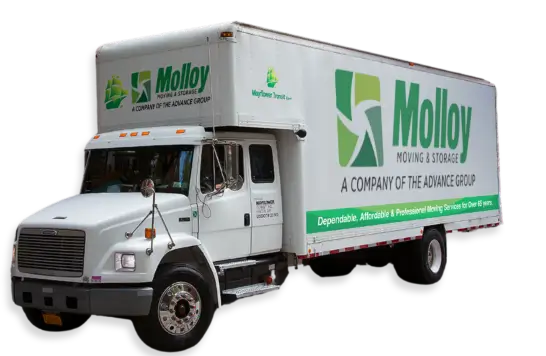Coordinating a household move involves many details, but when multiple family members are involved, the complexity multiplies. Different schedules, comfort levels, and needs can create challenges that require planning and clear communication. With the right approach, a move can strengthen family bonds while ensuring everyone feels supported.
Keep Communication Open
Start talking about the move early. Hold family meetings so everyone can ask questions and share concerns. Use simple explanations for younger children, like calendars or pictures, while giving teenagers more details about schools, activities, and social opportunities. Adults should discuss practical matters—job changes, finances, and timelines—so there are no surprises later.
Share Responsibilities
A move is easier when everyone helps. Give each person age-appropriate tasks. Young kids can sort toys or choose what to donate. Older children might research their new school or help pack their own rooms. Teens can handle social media updates or organize boxes. Adults should divide bigger jobs, such as researching moving companies, setting schedules, and managing utility transfers. Sharing responsibilities keeps everyone involved and lightens the load.
Plan for Moving Day
Moving day can be hectic, so planning is key. Arrange childcare if needed so parents can focus on coordination. Pack “first night essentials” with clothes, toiletries, medications, and comfort items for each family member. Use colored labels or tape to mark boxes, making it easy to place them in the right rooms. These simple systems help reduce stress and confusion.
Support Emotional Needs
Each family member reacts to change differently. Some like detailed planning, while others adapt as they go. Be patient and provide reassurance. Staying connected with friends and extended family through calls or visits can also ease the transition. It’s normal for both kids and adults to feel sadness about leaving a familiar home, even when the move is positive.
Include Pets and Special Needs
Pets and family members with unique needs require extra planning: researching pet-friendly travel, new veterinarians, and local regulations. If elderly relatives are moving, consider medication management, medical record transfers, and mobility support. Planning these details avoids last-minute stress.
Keep Traditions Alive
Maintaining family traditions helps create stability. Keep up with favorite routines like game nights, weekly meals, or holiday celebrations. At the same time, build new traditions around the move, like taking photos at milestones or sharing a special meal after unpacking. Documenting the process through pictures or journaling also creates lasting memories and helps everyone process the change.
Smooth School and Activity Transitions
For families with children, school transitions are significant. Gather transcripts and records early to prevent enrollment delays. Contact schools in advance to learn about programs and expectations. Encourage kids to explore new activities like sports, clubs, or arts programs so they feel excited about opportunities in their new community.
Talk About Money
Moving expenses can add up, so involve family members in budgeting discussions. Older kids and teens can help with garage sales or selling items online, which provides both funds and a sense of involvement. Being open about costs helps children understand why certain decisions are made.
A New Chapter Together
Moving with a family requires patience, flexibility, and teamwork. But it’s also a chance to grow, bond, and create new memories together. When every family member feels valued and included, the experience becomes a shared adventure instead of a stressful event.
Ready to make your family move as smooth as possible? Our team understands the challenges of moving with kids, pets, and busy schedules. Contact us today to start planning your family’s next chapter.




